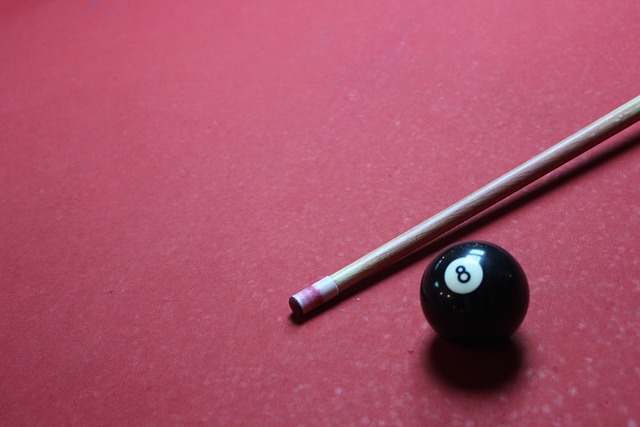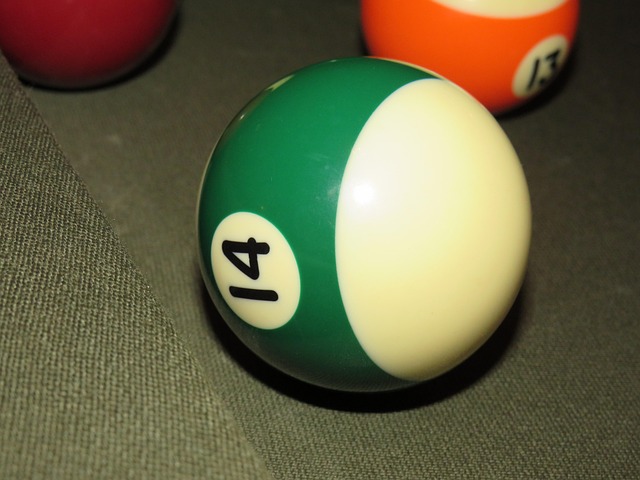Before moving a pool table, inspect for damage, measure dimensions, assess space constraints, and consider weight. Plan carefully by noting unique features like fold-leg mechanisms and accessories to determine the best equipment and movers. Take precise measurements of the table and new location to avoid disassembly and potential damage. Aim to use professional movers for heavy tables or tight spaces to ensure a secure move, answering "What is the easiest way to move a pool table?"
Moving a pool table short distance can be a daunting task, but with proper planning, it doesn’t have to be. This guide details the easiest approach to relocate your cherished pool table with minimal stress. From assessing the table’s condition and environment to gathering necessary tools and disassembling, protecting, and transporting the table, we’ll walk you through each step ensuring a smooth transition.
- Assess the Table's Condition and Environment
- – Inspect the pool table for any damage or unique features.
- – Measure the dimensions of both the table and the space it will be moved to.
Assess the Table's Condition and Environment

Before attempting to move your pool table, it’s crucial to assess both its condition and the environment where it’s located. Start by checking for any damage to the table itself—cracks in the slate, loose cues or balls, or wobbly legs. Also, evaluate the space you’re moving it through: is it narrow? Are there low-hanging branches or electrical wires? Measuring the dimensions of both the table and the path will ensure a smooth move, helping you determine if any walls, doors, or corners might present challenges.
Knowing your pool table’s weight and the limited space involved will dictate the tools and personnel needed for the job. If it’s particularly heavy or awkwardly shaped, consider hiring professionals who have experience moving large furniture. This not only ensures safety but also prevents potential damage to both the table and your surroundings during transport.
– Inspect the pool table for any damage or unique features.

Before moving your pool table, it’s crucial to conduct a thorough inspection to ensure its condition and identify any unique features that might impact transport. Check for any damage, such as cracks in the slate, loose cues or accessories, or markings on the table’s surface. Note down any special considerations—for instance, if your table has legs that fold or an intricate design that requires extra care. This initial step will help you plan the move accordingly and ensure a smooth transportation process, making it easier to determine what is the easiest way to move a pool table in the next phase.
Additionally, understanding the table’s unique aspects allows for better decision-making when selecting moving equipment or hiring professionals. For example, a fold-leg table may need special straps or a custom crate for secure transport. Identifying these details beforehand saves time and effort during the actual relocation, ensuring your pool table arrives at its new location in the best possible condition.
– Measure the dimensions of both the table and the space it will be moved to.

When considering the easiest way to move a pool table short distances, accurate measurements are your best friend. Begin by meticulously measuring both the dimensions of your pool table and the available space at its intended new location. This step is crucial as it ensures a smooth relocation process. Take note of the table’s length, width, and height, paying special attention to any overhangs or accessories that might add to its overall size.
Similarly, measure the passageways and doorways along the route from the current position to the new one. This will help you determine if the pool table can fit through without any modifications or disassembly. By taking these measurements, you can plan a stress-free move, avoiding the hassle of having to disassemble and reassemble your table, which can be time-consuming and potentially damaging if not done properly.
Moving a pool table short distances can be achieved efficiently by first assessing its condition and the environment, including measuring dimensions. Carefully inspect for any damage or unique features that might impact the move. Then, ensure the new space accommodates the table’s measurements, allowing for a smooth transition without damaging the table or surroundings. By following these simple steps, you can determine the easiest way to move a pool table while minimizing stress and potential harm.
